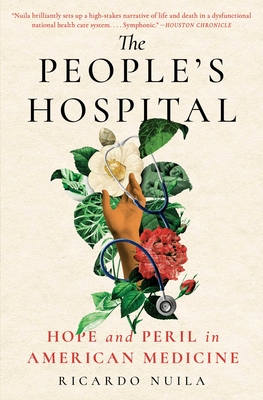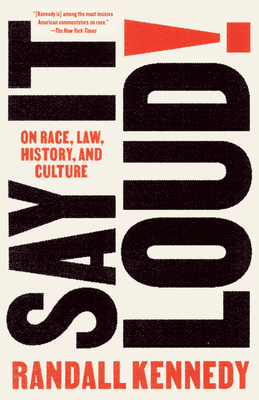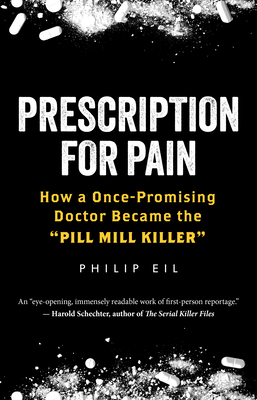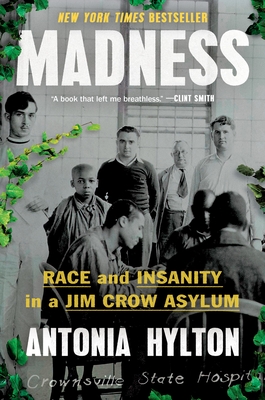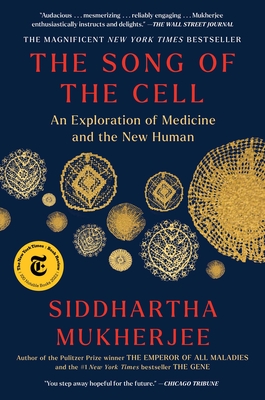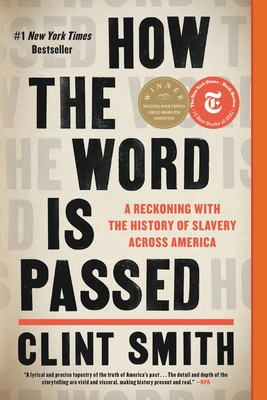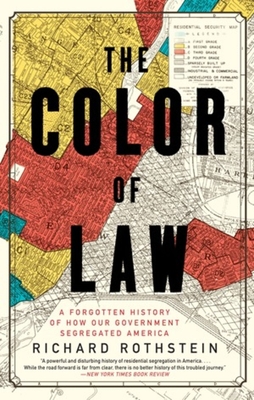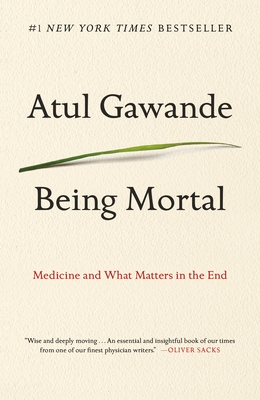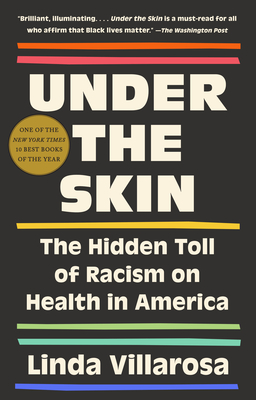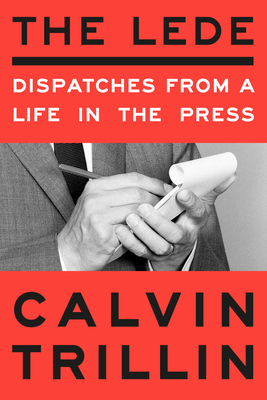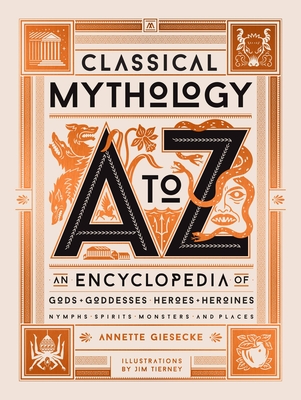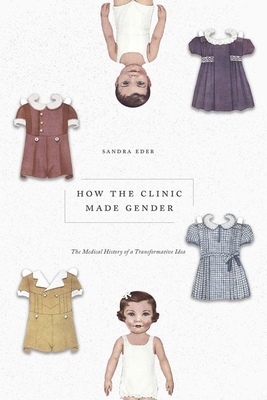
How the Clinic Made Gender: The Medical History of a Transformative Idea
Description
An eye-opening exploration of the medical origins of gender in modern US history.
Today, a world without “gender” is hard to imagine. Gender is at the center of contentious political and social debates, shapes policy decisions, and informs our everyday lives. Its formulation, however, is lesser known: Gender was first used in clinical practice. This book tells the story of the invention of gender in American medicine, detailing how it was shaped by mid-twentieth-century American notions of culture, personality, and social engineering.
Sandra Eder shows how the concept of gender transformed from a pragmatic tool in the sex assignment of children with intersex traits in the 1950s to an essential category in clinics for transgender individuals in the 1960s. Following gender outside the clinic, she reconstructs the variable ways feminists integrated gender into their theories and practices in the 1970s. The process by which ideas about gender became medicalized, enforced, and popularized was messy, and the route by which gender came to be understood and applied through the treatment of patients with intersex traits was fraught and contested. In historicizing the emergence of the sex/gender binary, Eder reveals the role of medical practice in developing a transformative idea and the interdependence between practice and wider social norms that inform the attitudes of physicians and researchers. She shows that ideas like gender can take on a life of their own and may be used to question the normative perceptions they were based on. Illuminating and deeply researched, the book closes a notable gap in the history of gender and will inspire current debates on the relationship between social norms and medical practice.
Praise for How the Clinic Made Gender: The Medical History of a Transformative Idea
“This splendid historical account of the medical origins of gender in intersex assessments and its proliferation into other realms will be the standard account for some time to come. It is detailed and technical enough to satisfy historians of medicine, yet so broadly contextual that it will make an excellent classroom text.”
— Journal of the History of Sexuality
“Eder’s remarkable medical history of gender in the clinic is a timely, sensitive account of how physicians, patients, psychologists, therapists, feminists, and trans activists created a world in which medical alterations of sex could become routine and standards of care were defined and contested. Eder moves skillfully between the medical, scientific, and social sides of this story, deftly showing how sexual stereotypes were perpetuated by the very practitioners that argued gender was something learned, not dictated by biology. Those familiar with either the biomedical background or with the importance of gender to feminist interpretations will find this book illuminating. For those not familiar, or for those wishing to teach this subject, Eder’s book is an outstanding guide to an important history.”
— Angela N. H. Creager, Princeton University
“A welcome and powerful contribution to histories of gender. Eder, a historian at the University of California, Berkeley, joins other scholars, particularly Joanne Meyerowitz, in telling her ‘uneasy origin story’ of how the ideas of gender and ‘gender role’ emerged and were put into medical practice in the mid-20th century. . . . Eder shines in her methodological deployment of patient case records from the Pediatric Endocrinology Clinic to reconstruct life stories. . . . These stories of patients’ resistance are a pivotal contribution to Eder’s important and sweeping, decades-long account of gender’s medical and political invention and reinvention.”
— Social History of Medicine
“Using an impressive array of patient records, interviews, and primary and secondary sources, Eder presents a complex and finely nuanced account of changing sociomedical understandings of the most humane methods of dealing with congenital adrenal hyperplasia and similar conditions. . . . Highly recommended.”
— CHOICE
“While the origins of the term are clinical and its development and use have sometimes been contradictory, we still live in a deeply gendered world where individuals must account for their relationship to the sex-gender binary whether they are cisgender, transgender, agender, non-binary, have a DSD, or something else. This book provides a fascinating and detailed account of how that reality came to be.”
— Social Forces
“How the Clinic Made Gender is an insightful, surprising, and fascinating narrative on the medical history of sex and gender. Eder deftly demonstrates how the sexed body is thoroughly a social construction, and historically contingent. The discursive power of gender remains contentious today, as it had been in Wilkins’s clinic. . . . Eder’s monograph demonstrates the value of interrogating the artificiality of medical boundaries imposed by temporal and ideological contingencies.”
— The Year's Work in Critical and Cultural Theory
“How the Clinic Made Gender offers a genealogy of sex categorization and the contradictions between prevailing theories and treatment protocols for working with intersex individuals. As Eder demonstrates, it was neither biological determinism nor cultural reductionism that enabled the team at Johns Hopkins to develop the idea of gender, but a feedback loop between the two. Moreover, Eder’s work shows how since its early formulation by Wilkins and appearance in the writings of John Money and the Hampsons, ‘gender’ has never been a straightforward concept. . . . Instead, How the Clinic Made Gender offers a poignant reminder that scientists and medical professionals are shaped by social and cultural norms and the contexts within which they work and the relationships they have established.”
— Contemporary Sociology
“How the Clinic Made Gender corroborates and adds important texture to work in feminist, intersex, and trans studies on the history of gender. It draws incisive cross-disciplinary connections that will no doubt enliven the work of medical historians. And it demonstrates that what gender has accomplished, above all, is to codify white, middle-class American cultural norms from the 1950s as enforceable measures of healthy development. It is also a reminder that normalizing the medical and social abuse of intersex people has floated the business of sex and gender for over a century—a fact that ought to structure the conditions of possibility for redress and justice far more than it does for most non-intersex practitioners, critics, and partisans of gender, whatever their stripes.”
— Bulletin of the History of Medicine
“How the Clinic Made Gender is a fascinating read and furthers our understanding of gender as a concept. It is a book that does many things—and does them well. It reveals the origins of the sex/gender binary, it reconstructs from patient files as much of the personal stories of subjects with intersex traits and their—at times, harrowing—trials and tribulations in their engagement with medicine, and it writes a medical history that considers the interplay between institutional practices, clinical realities, and patient care. Throughout the monograph, the author draws extensively and powerfully on medical case records from a predominantly medical-historical perspective.”
— European Journal for the History of Medicine and Health
“Eder’s study is vital reading for scholars of US women’s and gender history as well as scholars of feminist, queer, and trans studies. It could also work well in the undergraduate classroom, powerfully revealing the complexity of the human body, and the troubling history behind a term many of us have taken for granted.”
— Journal of Women’s History
“Eder’s argument throughout her work emphasizes both plasticity and fixedness: of minds, of bodies and of science. Ideas of sex and gender are shown as alternately static and malleable, with scientific and medical opinions following suit. By addressing these different states of being and the spaces between them, Eder successfully demonstrates how the histories of the fixed and fluid concepts of gender have evolved in professional settings of biomedicine, psychology and psychiatry, and also in personal narratives of identity. The intersections of these different academic fields and analytical perspectives make this work equally suitable for scholars of history, medicine, psychology and psychiatry, as well as doctors and medical professionals, while its readability and engaging nature should appeal to undergraduates and general audiences alike.”
— History of Psychiatry
"The most comprehensive account of the emergence of the concept of 'gender' as well as the most comprehensive treatment I have seen of the various ways in which intersex patients were diagnosed and treated in the twentieth century. I can imagine How the Clinic Made Gender becoming a field-defining book in that it successfully and convincingly charts the clinical emergence of the concept of gender. This is a signature contribution and will be an eye-opening read even for specialists."
— Kimberly A. Hamlin, author of Free Thinker
"A stunningly original book. Eder shows that the concept of gender was originally mobilized not in the feminist debates of the 1970s and ’80s but decades earlier by social scientists and clinicians in their engagement with intersex children at the Johns Hopkins Hospital. For the first time, we hear the stories of the children and their parents through Eder's extensive quotations from personal medical records."
— Thomas W. Laqueur, author of Making Sex
"This is an important book that richly historicizes the emergence of the construct of ‘gender’ from practices of intersex case management in the mid-twentieth century."
— Sarah S. Richardson, author of Sex Itself

